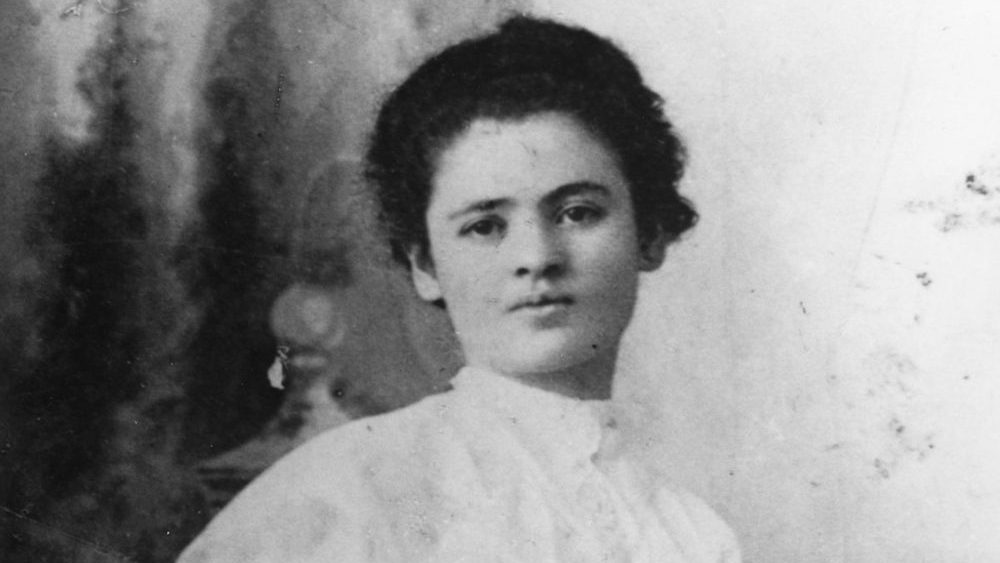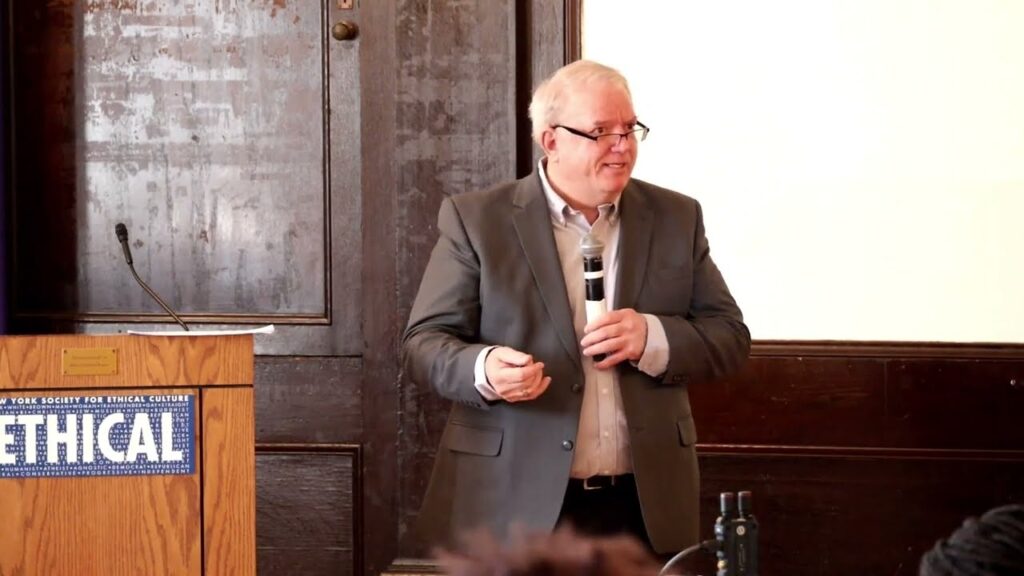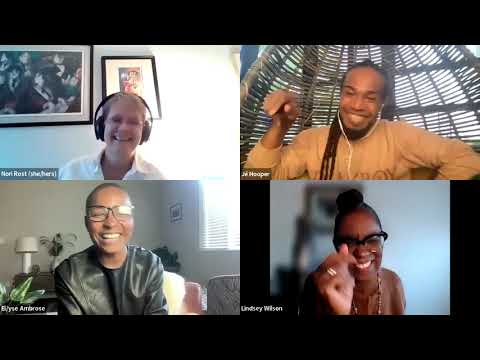
Good morning and welcome to our shared home here in the auditorium of the New York Society for Ethical Culture. Today we commemorate and celebrate our history. An Ethical Movement, begun in 1876 by Felix Adler, gathered to it women and men of conscience who understood that different religious beliefs could pull people apart, but that concerted ethical action could bring them together. What became their “ultimate concern” (in the language of theologian Paul Tillich) was finding ways to make the world a safer, healthier, and more loving place to live for themselves, their families and communities, and for many generations to come. They put their faith in the human capacity for goodness.
This school was one of several institutions founded by members of the New York Society for Ethical Culture. It began as a Workingman’s School with the understanding that everyone deserved an education. The excellent education offered here attracted families from across the city. Indeed, word of the “learning by doing” educational philosophy of the Ethical Culture School reached across the country and drew John Dewey, a philosopher from the University of Chicago and a friend of Ethical Culturist Jane Addams of Hull House renown, to New York City to enroll his children here. Dewey is best known as the Father of Pragmatism. The goal of education for him was to prepare us to become activist citizens in a thriving democracy.
Now why am I telling you about John Dewey? Because he was a philosopher of the people, and his classroom was not only in the university but also in the streets. He understood, as the founders of this school did, that education is never private – to benefit oneself alone; it is always public – to benefit everyone in society.
How many of you have heard of Lewis Hine? He taught photography at the Ethical Culture School for many years, and spent his vacations working with Ethical Culture members who founded the National Child Labor Committee (NCLC). Its goal was to take children out of the mills and the fields, the sweat shops and the mines into safe, healthy environments where they could grow up learning. His cameras were not the size of the ones that many of you have in your cell phones. They were huge and weighed a lot. It wasn’t easy sneaking them into the places where children worked so that the Committee could publish the photographs he took and bring this social injustice to the public eye. Lewis Hine risked his life on many occasions.
Child labor ended in the United States, but it continues in many parts of the world: the topic for another talk. Today, right here in New York City and State, one of the greatest challenges we face is reforming the Juvenile Justice system that incarcerates more than 1,600 children – the overwhelming majority of color and from under-privileged families – in facilities, often far away from their homes, at a cost of $240,000 per child per year. At the same time, funds that could put these children into alternative education programs are being slashed. This is a social injustice that members of the New York Society are addressing. On April 24, we held a conference of concerned organizations and individuals demanding immediate changes in the government agencies charged with caring for children in trouble. We will hold a follow-up conference here on July 21 to promote an activist agenda.
Ethical Culture Fieldston School was never meant to be a learning community for only its students and families; it always had a mission to reach out to society and challenge its injustices, especially when they impact children. Let us work together again to right this wrong. Join us back here on July 21 and contact me to learn more about our activities.
And now, let us look to the future and congratulate the Class of 2010!







